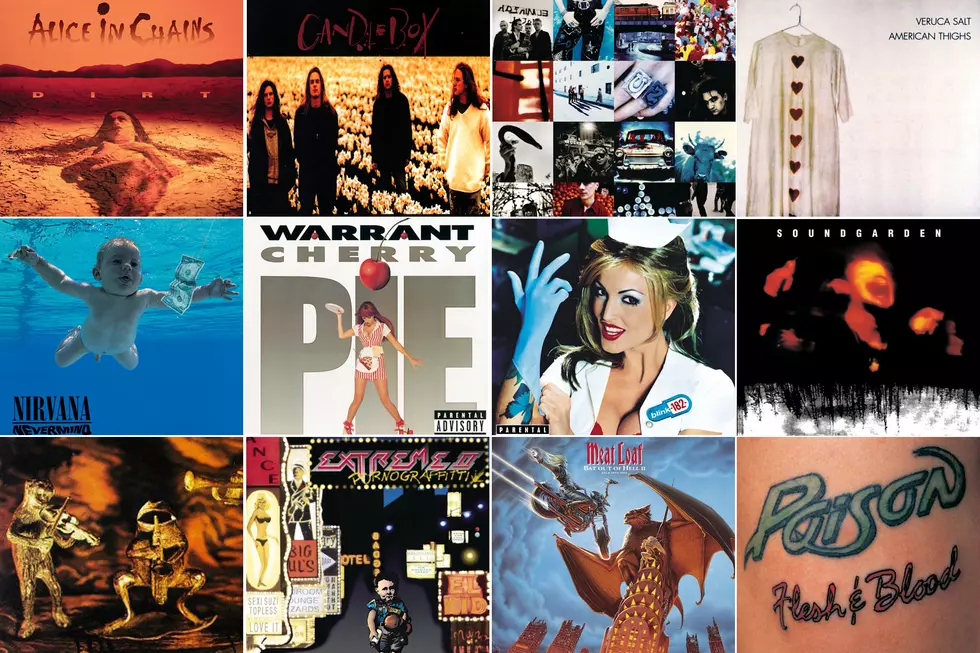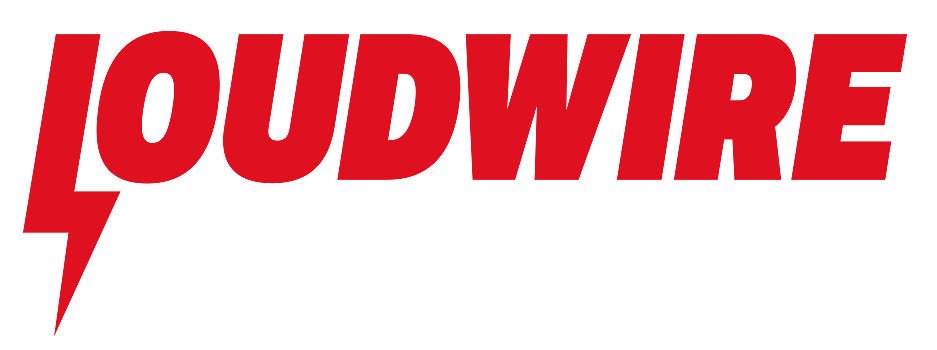25 Years Ago: Korn Take Nu Metal to the Masses With ‘Follow the Leader’
When Korn released their third album, Follow the Leader, on August 18, 1998, they knew they were the s--t, but they had no idea how much of a s--tstorm the record would stir up for them personally and professionally. If Korn's self-titled 1994 album and 1996 follow-up Life Is Peachy landed the band on the map, Follow the Leader put them in contention for world domination, selling more than five million copies in less than four years. To date, it has sold more than seven million in the U.S. and in excess of 14 million worldwide, making it the band's most popular record.
But with mass popularity came dangerously excessive behavior and a crippling identity crisis. “The huge success of 'Freak on a Leash' and 'Got the Life' freaked us the f--- out,” Davis told me in 2002. “We went through some wild adjusting periods. Nobody was getting along and we were all going crazy because of all this fame. Before then, we could go out in the crowd and talk to people. All of a sudden I needed a bodyguard everywhere I went. I couldn't go anywhere because people would be rushing me and I never wanted that.”
Korn, "Freak on a Leash"
On the surface, life was peachy as hell for Korn. The album sold right out of the chute, landing at No. 1 on the Billboard 200 album chart in its first weeks with sales of 268,000 copies, and the Family Values tour they launched to support it gave them their own platform to unite the nu-metal and alt-metal movement. The tour was a tremendous success, promoting the careers of Limp Bizkit, Orgy, Incubus and Rammstein, and helping Ice Cube solidify a metal fan base. But back then Korn didn't know when to say when, and between the booze, drugs and rampant sex, the band members were suffering from sleep deprivation, over-inflated egos and addiction.
“There were lots of times we almost broke up,” bassist Reginald “Fieldy” Arvizu said. “We had too much of a good thing and that turned into a bad thing. We couldn't stand being around each other and we did a lot of s--t just to get through the day.”
Korn's issues didn't just come from mainstream attention. That only magnified the problems. Even before the band entered the studio with producers Steve Thompson and Toby Wright, Korn were struggling to cope with their fame. Five years earlier, the band had been starving and virtually unknown. Suddenly they had everything they thought they ever wanted.
“There were girls in the studio all the time when they were supposedly working, and they had people involved with them who were giving them blow,” said Ross Robinson, who produced the first two Korn albums and worked with Davis on his vocals for Follow the Leader. “I wasn't involved with the drug scene or the party scene with those guys. I was the straight edge dude and the one they trusted the most. But basically their vision got clouded. They hired people to party with. As soon as that whole scene turned completely into Motley Crue I was out of the picture.”
Korn, "Got the Life"
Korn started working on Follow the Leader in early 1998 and entered NRG Recording Studios in North Hollywood that March. The band recorded the songs in about three debauched months and they invited Limp Bizkit vocalist Fred Durst to add vocals to “All in the Family,” and sealed their hip-hop cred by bringing in Ice Cube for “Children of the Korn” and The Pharcyde's Tre Hardson for “Cameltosis.”
“We were listening to tons of rap, but we also liked bands like Pantera and Sepultura and as we evolved, I think we learned to mix those two styles better,” Davis said. “Plus, I grew up on new wave and I always wanted to make music that had lots of melody. We got that into the first two records, but Follow the Leader was where we were able to really emphasize the hooks and people loved that s---.”
Korn, "All in the Family"
While “Got the Life,” “Freak on a Leash” and “All In the Family” were instantly appealing to a mass audience, other songs were more experimental, incorporating elements of industrial and alt-rock and wrapping them around a core of surging rhythms and tortured, self-flagellating vocals. “Dead Bodies Everywhere” features low, wobbling bass and Dr. Dre-style keyboards between downtuned guitar clamor and desperate sounding vocals. After a brief midsection, the song shifts direction and follows a queasy, nightmarish melody line as Davis screams, “Dead bodies everywhere!” again and again. Even more disturbing is the minor-key music box melody that repeats throughout the song, while “Reclaim My Place” is a dense, clattery headbanger with an ominous, ambient bridge.
“We never wanted to sound like every other band,” Arvizu said. “Even though we liked all those bands that were part of the sound that we helped create, we've always wanted to be step ahead of everyone else who was doing this kind of music.”
To prove they weren't all death and doom, Korn included a stoned conversation and a cover of Cheech & Chong's “Earache My Eye” as the bonus track of Follow the Leader. Of course, they made sure the song featured galactic guitar sounds and a crushing groove and at the end the slowed it down until it sounded as heavy as Godflesh.
“That was done just for fun and we laughed our asses off making it,” Davis said. “Of course we were high as f---, but I think it's really important to do s--t like that from time to time just to keep things in perspective. If you're a musician and you're serious all the time you're f---ed.”
Loudwire contributor Jon Wiederhorn is the author of Raising Hell: Backstage Tales From the Lives of Metal Legends, co-author of Louder Than Hell: The Definitive Oral History of Metal, as well as the co-author of Scott Ian’s autobiography, I’m the Man: The Story of That Guy From Anthrax, and Al Jourgensen’s autobiography, Ministry: The Lost Gospels According to Al Jourgensen and the Agnostic Front book My Riot! Grit, Guts and Glory.
Korn Albums Ranked
Korn's Brian 'Head' Welch Plays 'Wikipedia: Fact or Fiction?'
More From Loudwire









